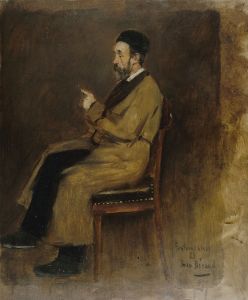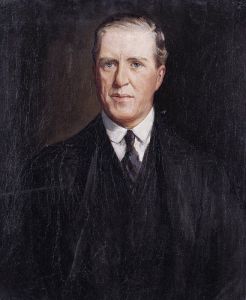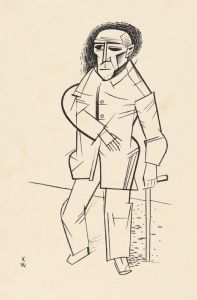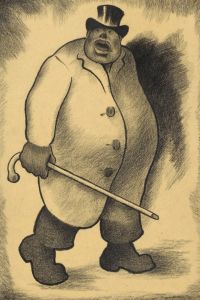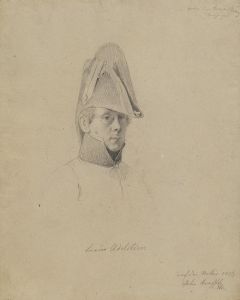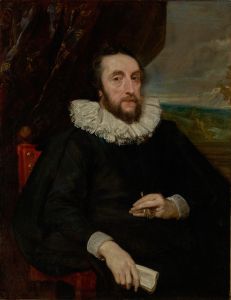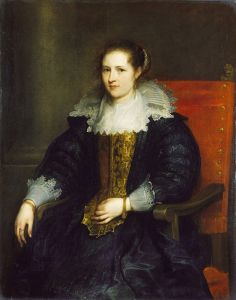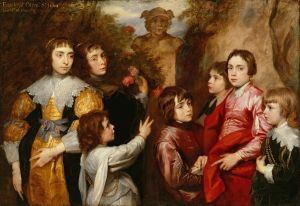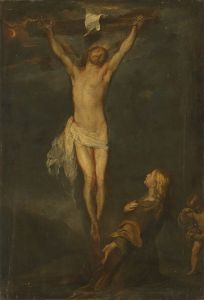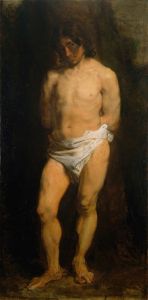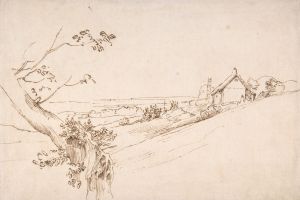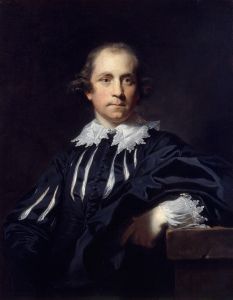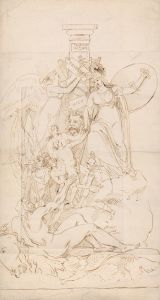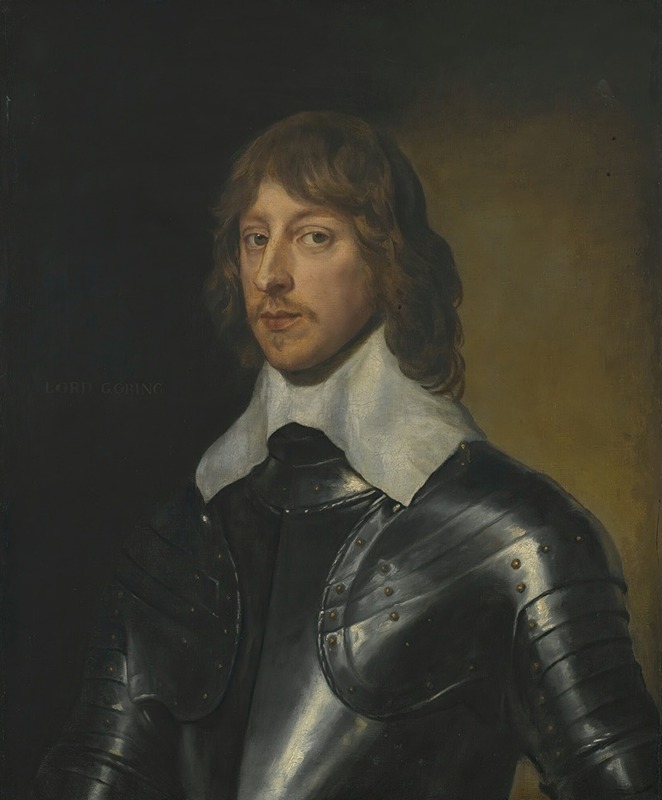
Portrait Of George, Baron Goring
A hand-painted replica of Anthony van Dyck’s masterpiece Portrait Of George, Baron Goring, meticulously crafted by professional artists to capture the true essence of the original. Each piece is created with museum-quality canvas and rare mineral pigments, carefully painted by experienced artists with delicate brushstrokes and rich, layered colors to perfectly recreate the texture of the original artwork. Unlike machine-printed reproductions, this hand-painted version brings the painting to life, infused with the artist’s emotions and skill in every stroke. Whether for personal collection or home decoration, it instantly elevates the artistic atmosphere of any space.
"Portrait of George, Baron Goring" is an oil painting by the Flemish Baroque artist Anthony van Dyck. Van Dyck, who was born in Antwerp in 1599, is renowned for his portraits of European aristocracy and was a leading court painter in England. This particular portrait depicts George Goring, who was an English Royalist soldier and politician during the early 17th century.
George Goring, born in 1608, was the son of George Goring, 1st Earl of Norwich. He became known for his military service and his loyalty to King Charles I during the English Civil War. Goring held various military commands and was noted for his flamboyant and sometimes reckless behavior. Despite his military prowess, his career was marked by controversy and fluctuating fortunes.
Anthony van Dyck painted this portrait during his time in England, where he served as the principal court painter to King Charles I. Van Dyck's tenure in England began in 1632, and he quickly became the most sought-after portraitist among the English nobility. His style was characterized by its elegance, attention to detail, and the ability to capture the personality and status of his sitters.
In the "Portrait of George, Baron Goring," van Dyck employs his characteristic style to depict Goring in a dignified and imposing manner. The painting showcases van Dyck's skill in rendering textures and fabrics, as well as his ability to convey the sitter's character. Goring is presented in a confident pose, dressed in the attire befitting his status. The background is typically subdued, focusing attention on the subject.
The exact date of the painting is not definitively known, but it is generally believed to have been created during the 1630s, a period when van Dyck was at the height of his career in England. The painting is a testament to van Dyck's mastery of portraiture and his ability to capture the essence of his subjects.
Today, "Portrait of George, Baron Goring" is held in a private collection and is not on public display. However, it remains an important work within van Dyck's oeuvre and a significant representation of George Goring, a notable figure in English history. The painting continues to be studied and admired for its artistic merit and historical significance.
Van Dyck's influence on portrait painting was profound, and his works set a standard for elegance and sophistication that would be emulated by subsequent generations of artists. His portraits of the English aristocracy, including that of George Goring, provide valuable insights into the fashion, culture, and personalities of the period.





